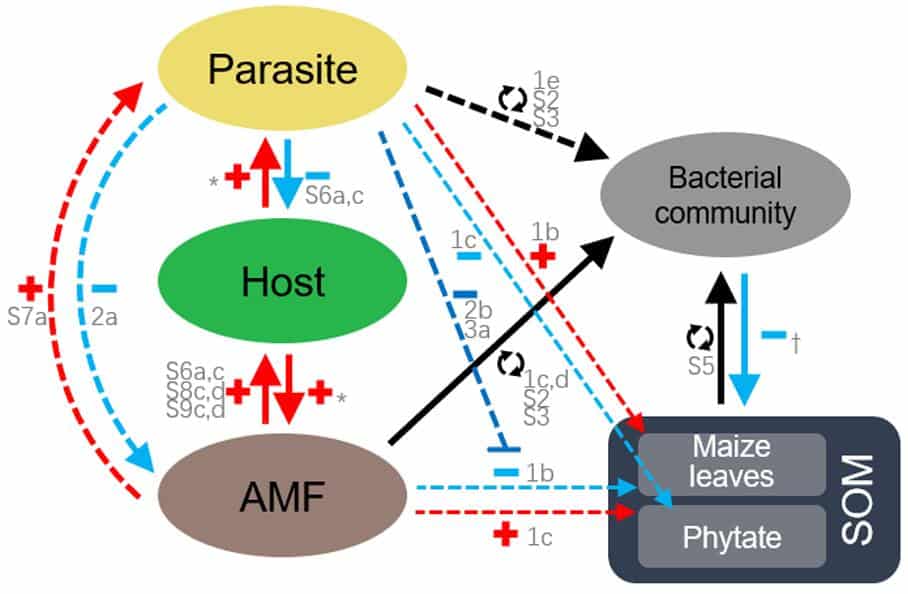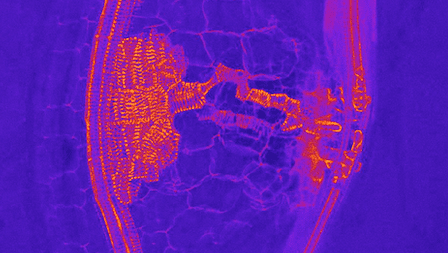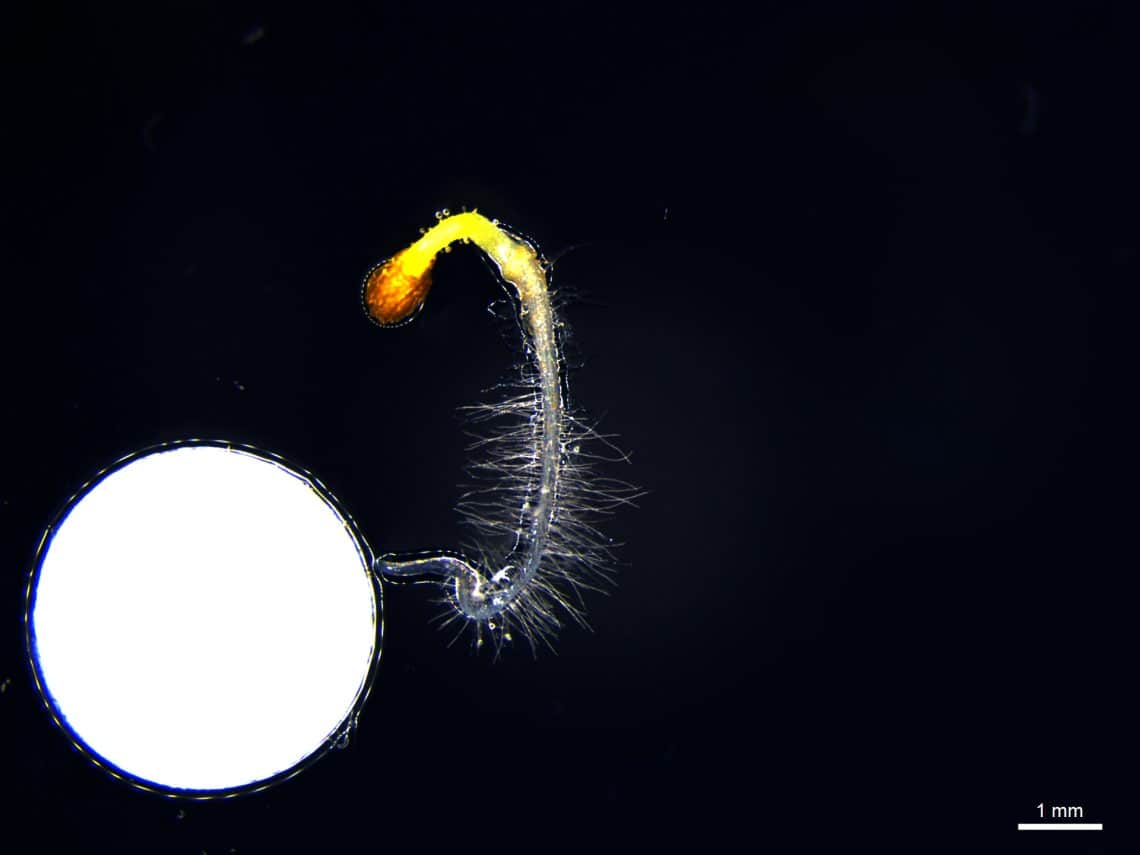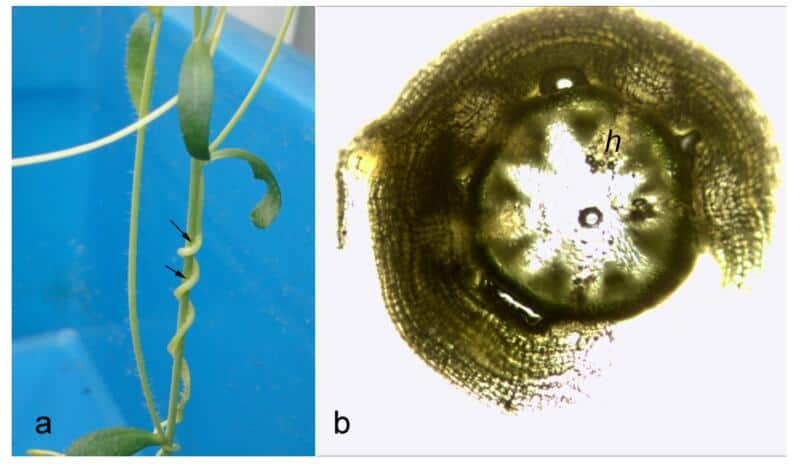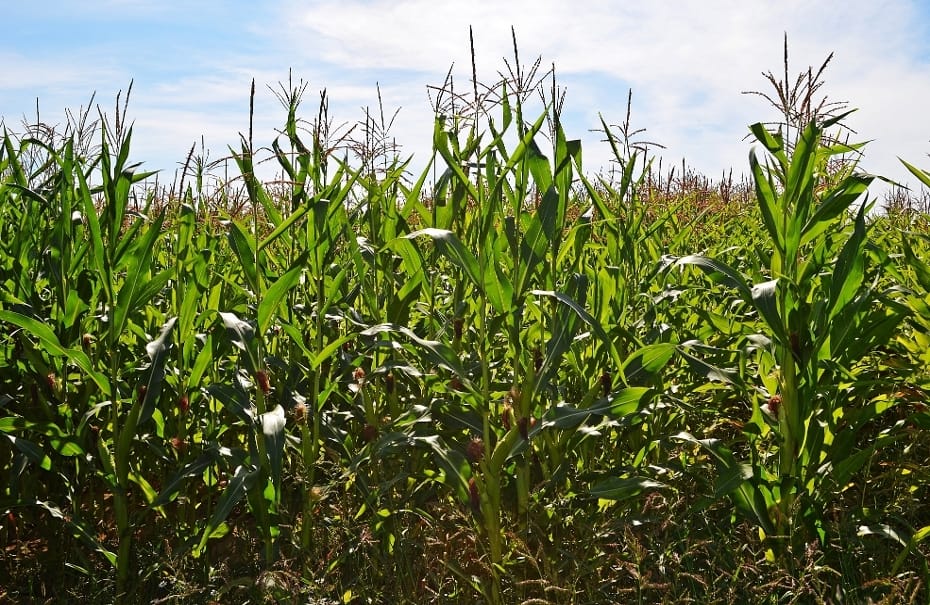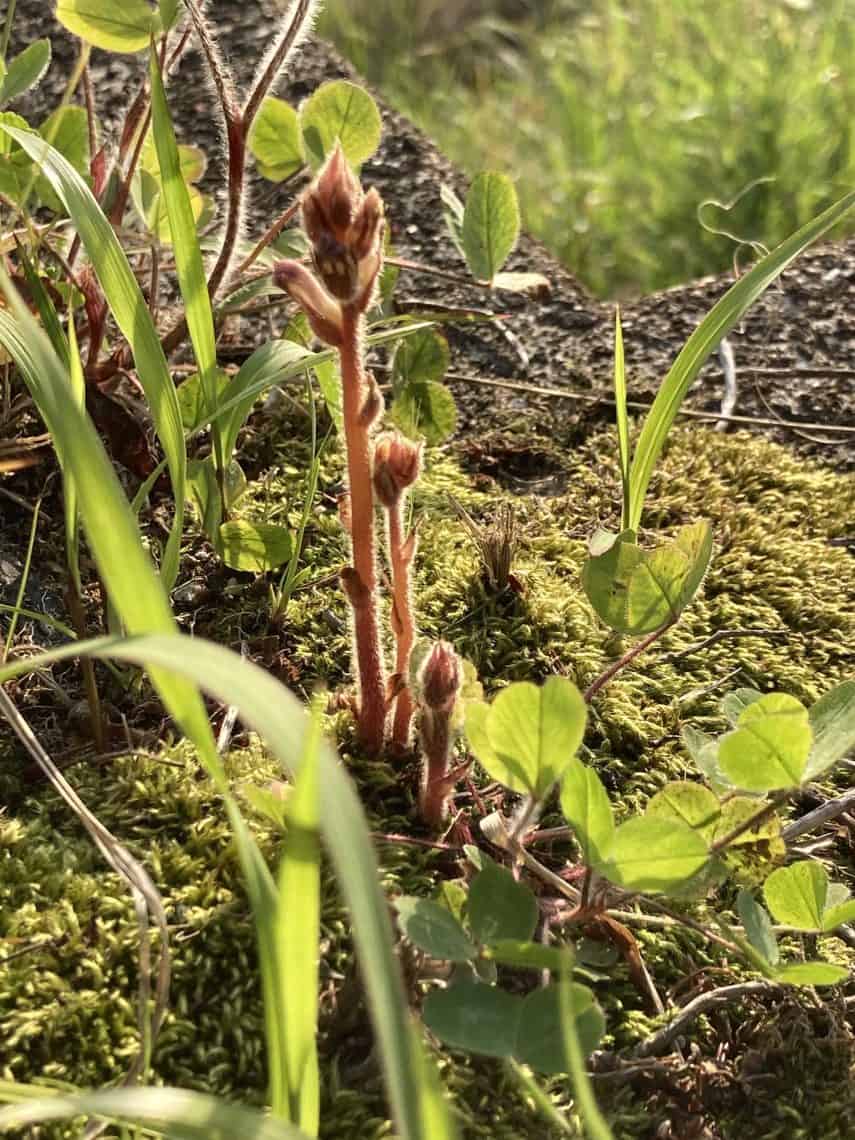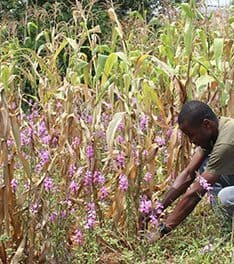1. Parasitic plants have been shown to affect soil-organic-matter (SOM) decomposition, but the mechanism is unknown. As arbuscular mycorrhizal fungi (AMF) can affect decomposition and compete with parasitic plants for carbon, we hypothesized that parasitic plants can indirectly regulate SOM decomposition by suppressing the effects of AMF on decomposition. 2. To test this hypothesis, we […]
Parasitic plants indirectly regulate decomposition of soil organic matter
